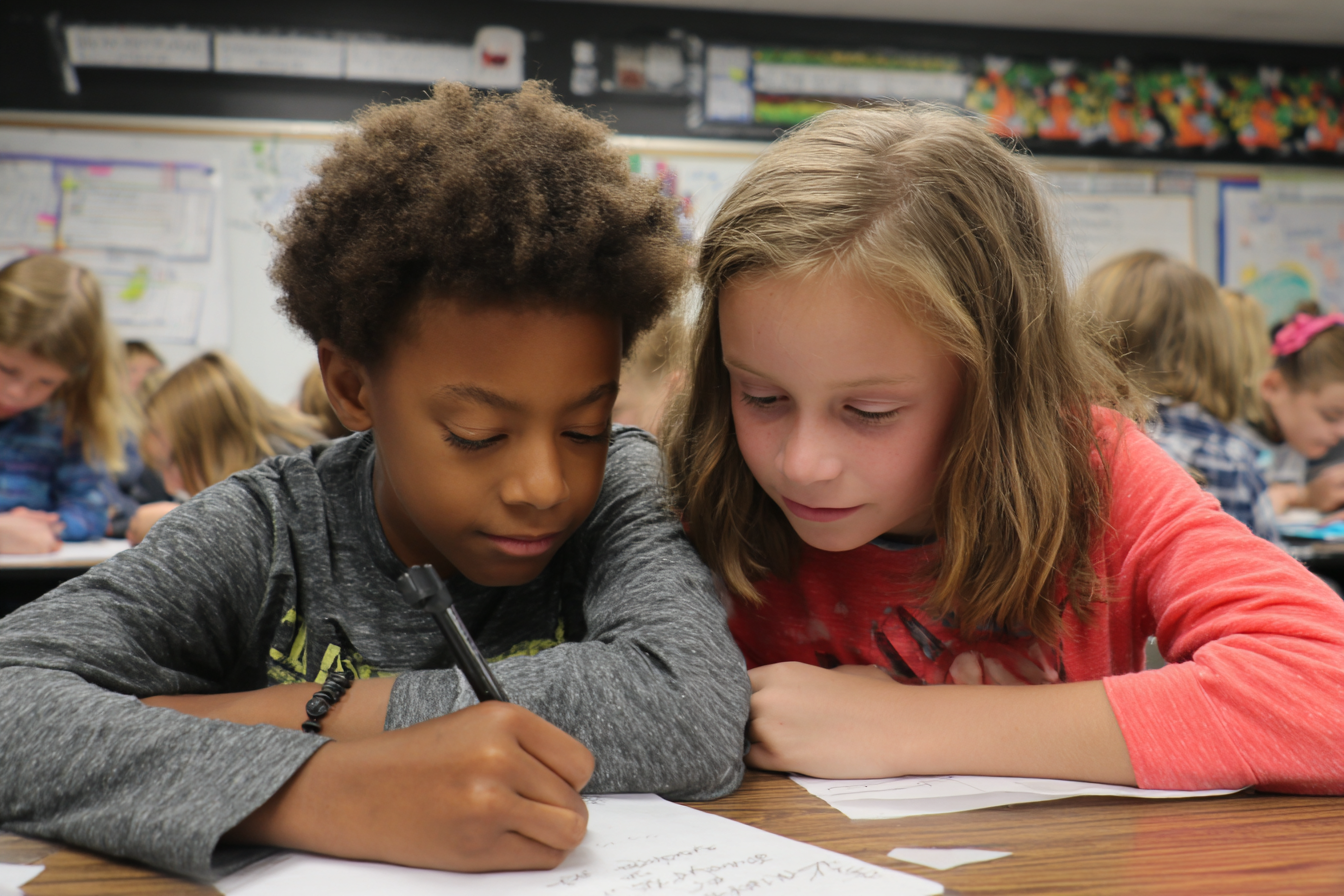Unit Plan 15 (Grade 3 Social Studies): Human-Made Features and Transportation
Students explore roads, bridges, and tunnels to learn how transportation routes support travel, trade, and the natural, human, and capital resources behind local industries.

Focus: Study roads, bridges, and tunnels (and related transportation routes) and explain why these human-made features are important for trade and travel. Connect transportation systems to natural, human, and capital resources that support local industries.
Grade Level: 3
Subject Area: Social Studies (Geography • Economics)
Total Unit Duration: 5 sessions (one week), 45–60 minutes per session
I. Introduction
In this unit, students become transportation detectives who study how people move people and goods from place to place. They explore human-made features like roads, bridges, and tunnels, and see how these structures help connect neighborhoods, towns, and regions. Using simple maps, diagrams, and stories about goods (like food or books) traveling to stores, students learn that transportation routes are important for trade and community life. They also connect these features to natural resources (land, water, minerals), human resources (workers), and capital resources (vehicles, tools, and buildings) that make local industries possible. By the end, students design a simple “Travel and Trade Map” showing routes and resources.
Essential Questions
- What are human-made features like roads, bridges, and tunnels, and why do communities build them?
- How do these features help people travel and goods move between homes, schools, stores, and other places?
- What natural, human, and capital resources are needed to build and use transportation systems?
- How do good transportation routes support community industries and trade?
II. Objectives and Standards
Learning Objectives — Students will be able to:
- Identify and describe common human-made features and infrastructure such as roads, bridges, tunnels, and canals on photos and simple maps.
- Explain how these features make travel faster and easier, and how they connect places for trade (moving goods) and daily life (going to school, work, and stores).
- Use simple maps or diagrams to show how a new or existing bridge/road/tunnel can shorten travel or create a new connection between communities.
- Identify natural resources (e.g., land, stone, water), human resources (e.g., construction workers, engineers, drivers), and capital resources (e.g., machines, vehicles, tools) involved in building and using transportation routes.
- Describe how transportation systems help community industries (like farms, factories, and stores) move goods to consumers.
- Create a “Travel and Trade Map” that shows at least one road, bridge, or tunnel, and labels resources needed to move a local product from production to a store.
Standards Alignment — 3rd Grade (C3-based custom)
- 3.C3.Geo.4 — Explain human-made features and infrastructure (roads, bridges, canals) and their purposes.
- Example: Show how a new bridge shortens travel between two towns.
- 3.C3.Econ.5 — Identify natural, human, and capital resources that support community industries.
- Example: For a regional product (e.g., wheat bread), list resources: soil/rain (natural), baker (human), oven (capital).
Success Criteria — Student Language
- I can point to and name roads, bridges, and tunnels on pictures and simple maps.
- I can explain how these human-made features help people travel and help goods get to stores.
- I can show on a map how a bridge or tunnel can make travel shorter or safer.
- I can name natural resources (like land, water, stone), human resources (workers), and capital resources (machines, vehicles) used to build and use transportation systems.
- I can make a Travel and Trade Map that shows a product’s journey and the features and resources that help it move.
